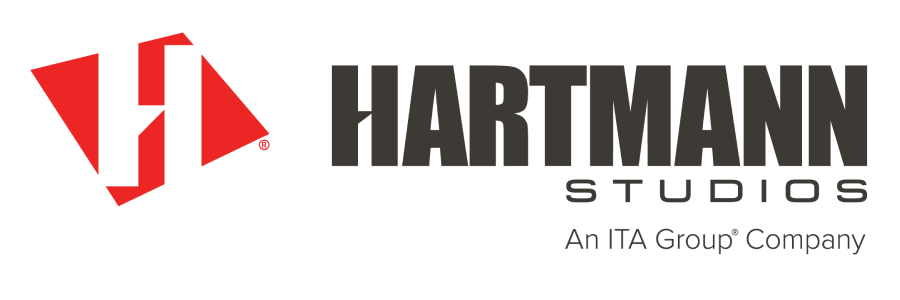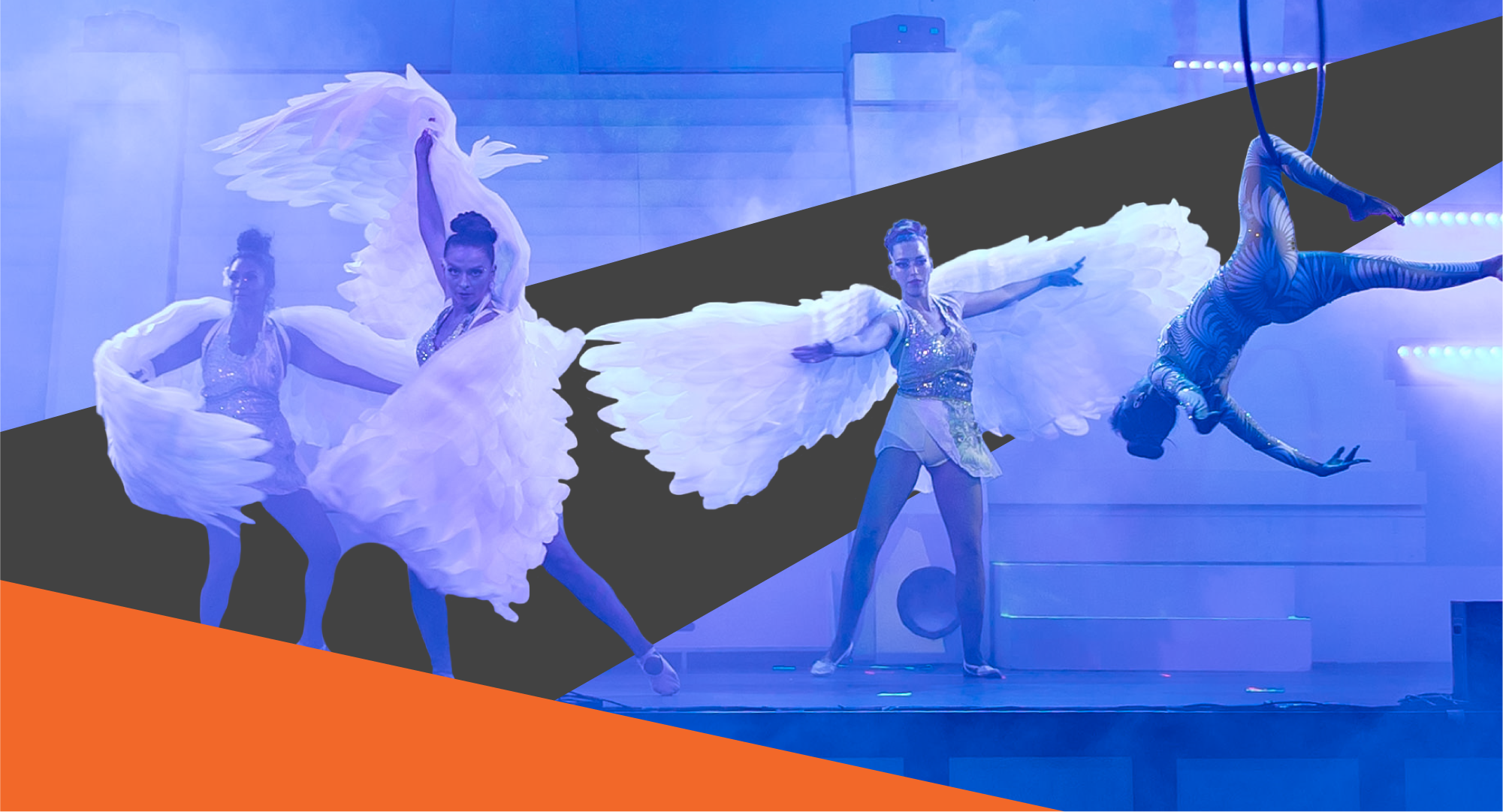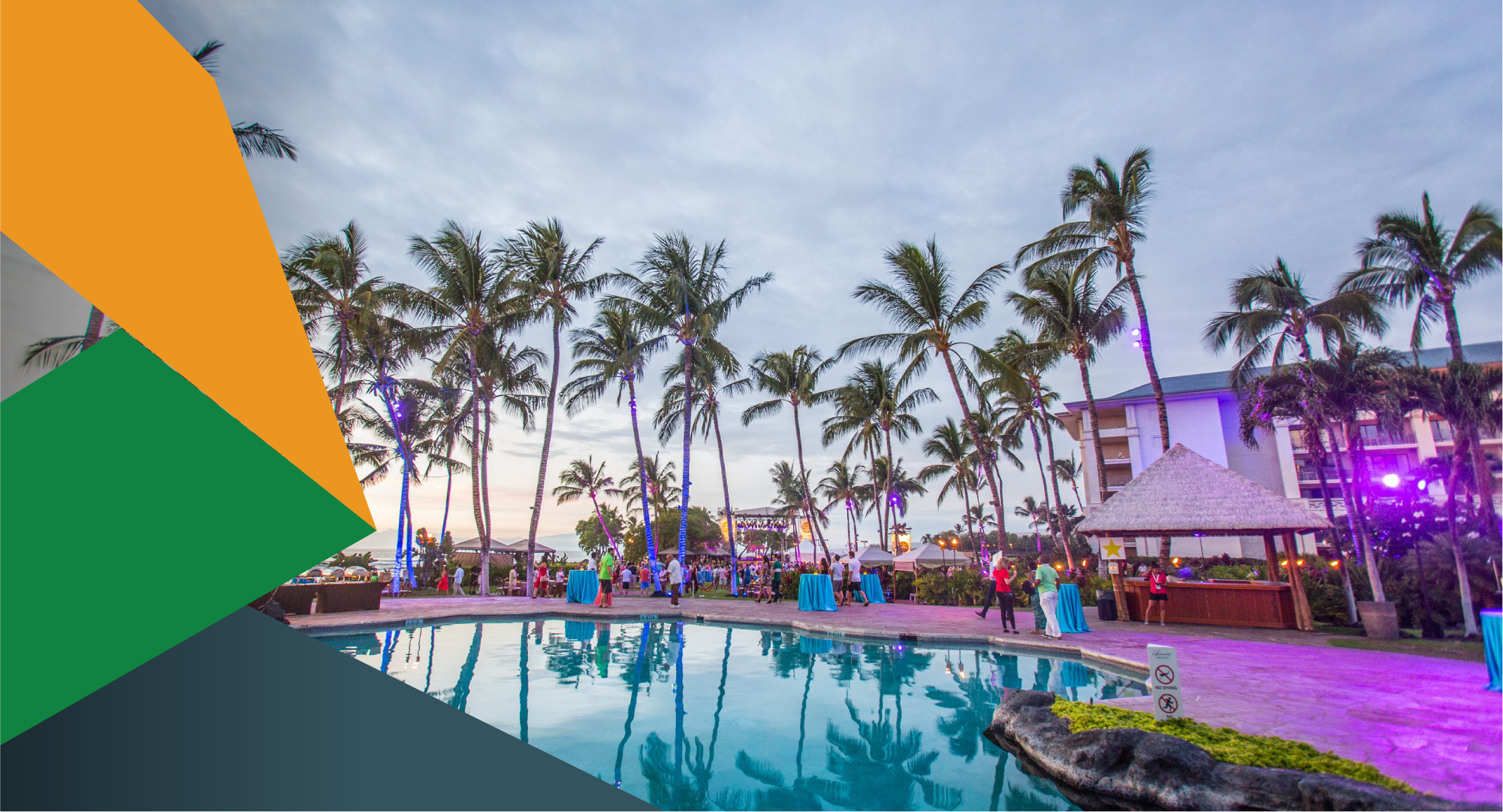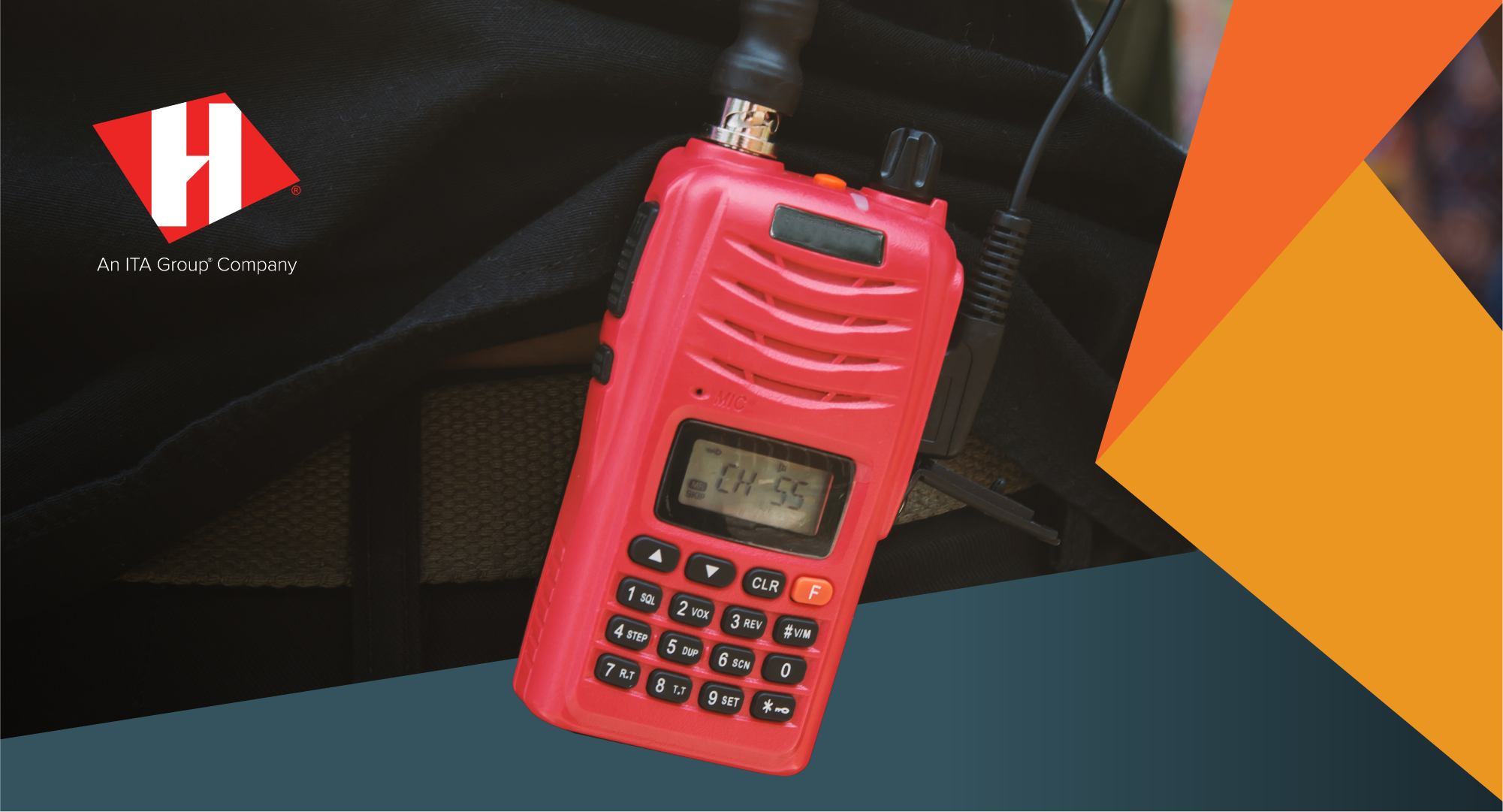Perfectly Timed Technical Production with Karim Kassab
Monday May 12, 2025
7 Min Read
What you need to know
- Technical production experts collaborate to anticipate and solve for possible issues.
- Virtual models of the event environment support planning for scenic design and labor.
- Advanced event technology can do even more to deliver emotionally resonant experiences.
Keeping his cool is part of Karim Kassab’s professional DNA. As a seasoned event producer with over 35 years of hands-on experience, he supervises teams to integrate ambitious technical elements across large-scale programs and events. Staging, lighting, audio, video and special effects—Karim introduces vivid elements into complex technical environments. All while managing the budget and timeline to deliver on the creative vision.
Q: What do you wish more people understood about technical event production?
Karim: Timing is everything in technical production. We don’t have the option to miss the deadline. No matter what, we must deliver based on the date the show is scheduled. That’s always the guiding principle behind the math that we do, our approach and the options that we give. In other industries like construction, getting behind schedule isn’t as big of a deal. So, on rare occasions, we’ve worked all night to solve a glitch; all in the name of getting it done on time and right.
Our goal in technical production is to make sure we’ve investigated all the things that can affect whether we have a successful show. My mantra is “leave no stone unturned.” People don’t always understand how deep we go to make sure everything is thought through and planned for.
Q: How do you approach technical production as a team?
Karim: When we talk about technical production, we’re including:
- Audio, video, lighting, rigging, staging, special effects, structural builds
- Engineering requirements, trucking and heavy gear
- Internet infrastructure, data security and communication systems
Part of our work is to reduce headache-inducing issues for producers and creatives. When the creative team comes up with a unique idea, I love breaking it down and finding an achievable plan.
There’s collaboration on the front end to get the right data, verify it and translate it for an environmental designer. We’re typically the keepers of the technical drawings. We involve each technical department, like lighting, video and sound, to converge their input. We manage everything behind the scenes to make sure the technology works.
My curiosity is insatiable, but it has a purpose. I need to know details. If I’m asking about the napkin or carpet colors, it’s so we make sure our lighting plan enhances that palette. When team members come to me asking, “Can we make it work?” I need to answer with confidence.
Q: What do technical producers need to know about an event venue?
Karim: The complete picture. That’s why we investigate everything we can about an event environment. We often work outside of traditional venues. If we’re not coordinating with a facility, we’re doing a variety of things to ensure we’re prepared for the space.
- We’re working with the city to understand how to get in the site, how to get out, what the weight limitations are and how to pre-anticipate obstacles.
- We research what sound is like, noting the buffer between the spaces.
- We ask about security levels, programs before and after us, rigging capacities and exclusives.
- We make sure there are enough ancillary spaces to support the offline team, the production team, the event team and clients.
Those are just a few examples. Without a thorough investigation, you run the risk of surprises, which create extra costs and eat up time.
Q: What comes next in your pre-event planning?
Karim: Mapping the environment in CAD drawings and renderings, asking the right questions and collaborating with the team gives us founded information used to make production decisions. If you can create a true-to-form model of a space, you can answer most of your questions without having to go through the expense of going back to the space. That’s vital. It helps in space planning, in attendee flow, in execution of the production design.
Q: When should technical production leaders be looped into event planning?
Karim: Once a creative idea is conceived, I recommend getting technical production involved. We can immediately reconcile against the realities of timeframes and budget goals. You don’t want to go too far down the road with something that isn’t achievable. If we’re brought in after a venue contract’s already been signed and there aren’t enough days allocated for load-in, then we need to look at increasing staffing, which impacts costs.
Q: How does your work tie into making events emotionally resonant?
Karim: I like to remind event professionals that technical production leaders aren’t merely experts with numbers, labor and gear. While we don’t necessarily develop the creative, we help make sure nothing gets in the way of the audience experiencing the content/moment as intended.
- We’re watching out for how stage design choices can impact flow and sight lines for the audience.
- We consider the distance from screen to seat.
- We delve into the content delivery system and pixel mapping so images aren’t stretched when scaled to (stadium) screens.
We want to design optimal, high-resolution experiences. Screen configurations and LED designs create an event atmosphere, giving the event energy. It’s rewarding for me to look around and see the positive emotions an audience is exhibiting. Our team takes pride in the idea that what we’re helping create makes memories for everybody. Those are the moments when I get goosebumps.
Q: A component of your job is to “break things on purpose.” Why?
Karim: If somebody’s bringing a new tool to the table, we don’t take for granted that it’s going to do what we need it to do. We deploy testing. We try to apply stress-level components to confirm it will work under pressure. If we launched a product on the production side and it were to break during an event, that failure would reflect poorly on us. We need to understand its functions, identify weaknesses and make sure we know we can effectively leverage it in the event environment.
Q: Networking also falls under technical production, correct?
Karim: These days, data solutions are almost always a part of the technical production landscape. Everybody’s carrying a device that producers can leverage for audience engagement. Our teams manage network requirements while prioritizing security. For example, we usually need an infrastructure to deliver inbound artwork, transfer scripts, stream video files, etc. for general session content. For conferences, we’ll do a Wi-Fi network for attendees, helping interconnect venues while also deploying secure networks for the production teams. Trade shows require their own kind of data support, especially for the tech sector.
Q: What emerging trends in technical production excite you?
Karim: What has recently piqued my interest is the opening of venues like Sphere and Cosm. They’re inspiring a shift into even more immersive environments. Leveraging LEDs and screens that fill attendees’ peripheral vision while painting the environment with highly focused audio that delivers surround sound cues. Add to that the deployment of specialized cameras to give unique views—truly amazing.
There’s also the continued advancement in real-time rendering media servers as well as the deployment of AI to highly personalize an attendee’s experience.
- We’ve done holograms, extended reality and camera filters that use real-time rendering.
- We’ve deployed audio, video, lighting, attendee wearables, all synchronized with time code, to create pulses as part of the programming and sequencing.
I’m looking forward to continuing to push the possibilities in a “must-deliver” environment.
Explore how technical producers like Karim ensure smooth, behind-the-scenes support for complex global events.
Read more stories
View AllAll Posts
Event Design for All 5 Senses
What you need to know When people ask about the lasting impression of an event, the question is often framed around flavor: What kind of taste did the experience leave? Content and messaging matter. But for creative event marketers who want to create a positive memory, incorporating multisensory elements is a must. Caring for the...
5 Min Read
All Posts
How Event Strategy Enhances Incentive Travel Experiences
What you need to know When top performers achieve career heights, they’re looking for more than spectacular views. Earning a corporate incentive trip signals entry into an elite circle. Especially when organizations merge luxury settings with high-impact events that participants could never coordinate on their own. Appealing to competitive personalities requires activations that go beyond...
4 Min Read
All Posts
How to Develop a Security Plan for Corporate Events
What you need to know Before attendees fully engage in an event experience, they must feel safe. That’s why security planning is foundational for successful live events, at any scale. From hosting a group of executives for an intimate dinner to a city-wide celebration in the streets: behind every seamless experience is a well-designed safety...
5 Min Read



